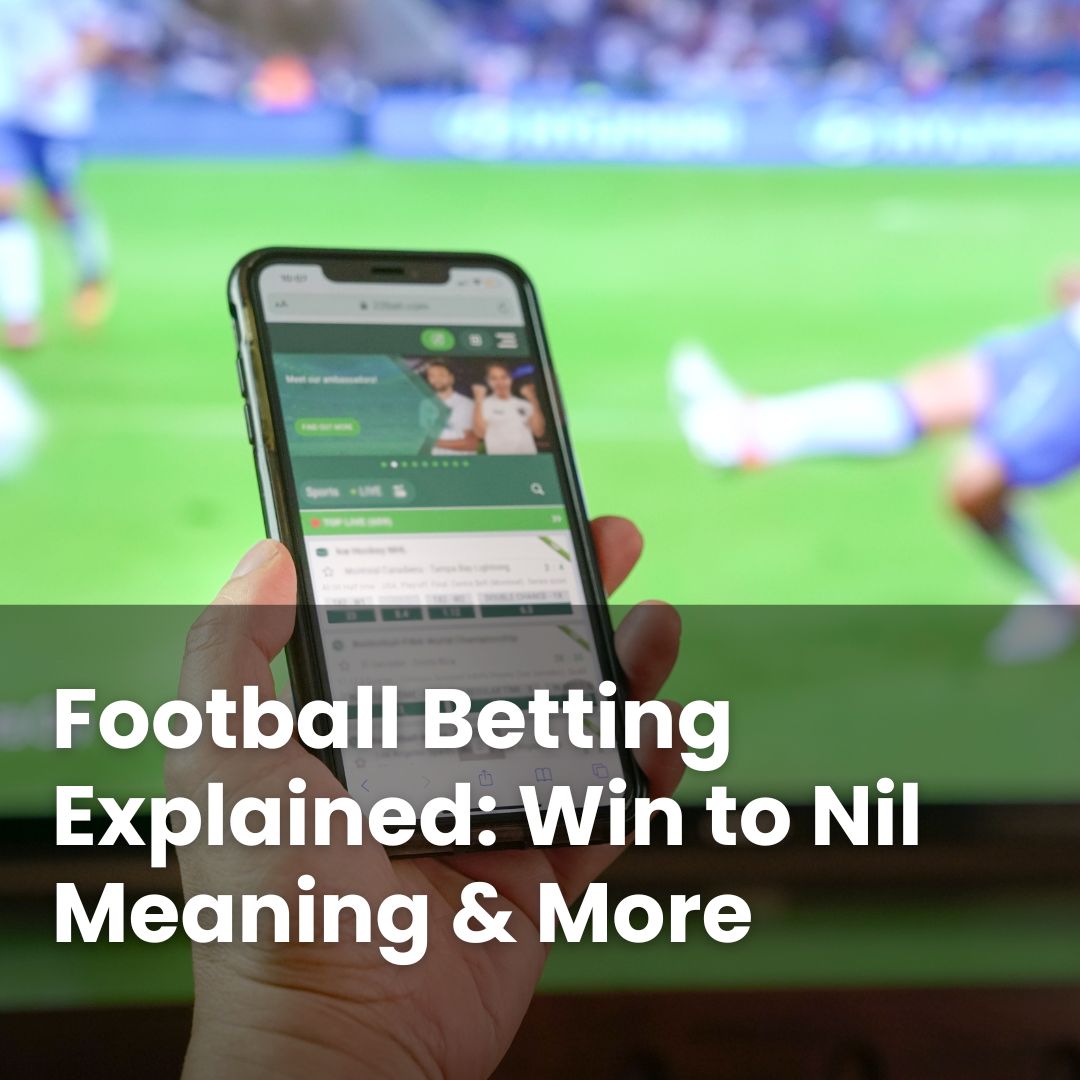Football betting might add extra intrigue to a match, yet some terms are not always obvious at first glance. One that often appears is “win to nil”, which may sound like a slightly specialised outcome involving more than just a victory.
This blog post gradually explains what “win to nil” involves, why some people find it interesting, and how prices reflect certain match conditions. It also looks at the types of teams that often relate well to this outcome, how in-play options function, and the points that may trip bettors up.
Read on to learn more.
Introduction to Win to Nil Betting and Its Appeal
“Win to nil” betting focuses on a particular combination. At a basic level, it concerns a match result paired with an additional defensive element, making it a little more layered than simply picking a winner. The defensive part is introduced lightly here and clarified in the next section.
This market might appeal to bettors who appreciate looking beyond attacking play and paying attention to a side’s ability to limit the opposition throughout a match. Some matches naturally attract interest for this outcome, especially those in which one side tends to dictate territory and restrict openings.
For many, it offers a way to observe a team’s overall performance rather than only the scoreline. Before exploring it further, it helps to outline exactly what that defensive element involves.
What Does Win to Nil Meaning Actually Mean in Football Betting?
In clearer terms, choosing a “win to nil” outcome means trying to predict that a team not only wins but also prevents the opposition from scoring across the standard match duration. For the selection to succeed, the team must score at least once and keep the other side on zero. Any goal conceded, even if the chosen team still wins, means the selection does not succeed.
Most markets settle on 90 minutes plus injury time. Extra time and penalties usually do not apply unless the market states otherwise, which is particularly relevant in cup fixtures.
You may often see “win to nil” listed alongside outcomes such as “both teams to score” or “correct score”. With the essentials clarified, it can become easier to consider what sort of teams tend to fit naturally into this category.
Discover The Best Online Casinos
Browse our list of top-recommended casino sites, read reviews from real players & be the first to get access to the latest casino bonuses
Which Teams Are Most Likely to Win to Nil?
Some teams show patterns that suit this market. Early on, it is enough to say that sides known for steadiness at the back and control of matches often feature in these selections.
Looking more closely, teams that regularly keep opponents quiet usually have a reliable goalkeeper, a well-organised defence, and a style that limits dangerous moments. Clubs that dominate possession may also reduce the number of shots they face.
Playing at home may support this outcome, too, especially for sides accustomed to familiar routines and conditions. On the other hand, disrupted line-ups or persistent absences might make keeping a clean sheet more difficult.
Match context is relevant as well. A strong favourite facing a team that struggles to create chances may present conditions that make this outcome seem more plausible. Cup ties between higher-ranked clubs and lower-division opponents may appear suitable on paper, though squad rotation often adds uncertainty.
Even with all these factors in place, football always carries an element of chance. A single moment, an unexpected breakthrough, or a rare mistake can change the result, so nothing is ever guaranteed. It is important to keep this in mind if you’re considering betting on this market.
What Are the Typical Odds for a Win to Nil Outcome?
Prices for “win to nil” combine the likelihood of a team winning with the added requirement of preventing a goal. Because these two elements must align, prices tend to sit above a straightforward match-win but remain below highly specific scorelines.
If a team is widely regarded as superior and has a history of limiting threats, you may notice shorter prices for this outcome. Matches involving sides with strong attacking play on both ends usually result in longer prices, as the defensive element becomes harder to meet.
Prices may move with match news and tactical hints. A new goalkeeper stepping in, a central defender being unavailable, or a shift in approach can influence how bookmakers assess the situation. Reviewing settlement terms carefully—especially in competitions that may involve extra time—may help avoid surprises.
Factors That Influence a Clean Sheet in Football
A clean sheet occurs when a team finishes a match without conceding a goal. Several practical elements can affect whether a team achieves this outcome:
- Team line-up: Changes to goalkeepers or central defenders might affect organisation.
- Tactics: A compact shape and calm possession may reduce exposure.
- Opposition threat: Teams that generate high-quality chances naturally test defences.
- Home advantage: Familiar grounds might support defensive coordination.
- Current form: A run of clean sheets could indicate well-tuned decision-making.
- Set pieces: Vulnerability at corners or free-kicks may decide tight matches.
- Schedule and fatigue: A busy run of fixtures might influence focus late in games.
Considering these factors together can help give a clearer sense of the conditions that may influence a “win to nil” outcome in any fixture.
Can You Bet on Win to Nil in Live Football Matches?
Many bookmakers offer “win to nil” before kick-off, and some keep the market open once the match begins. In live settings, prices may shift rapidly as the match develops. If the team of interest concedes, that option usually closes because the clean sheet element cannot be met.
Although in-play options offer flexibility, they require a considered approach. Markets may pause during key moments, and settlement still applies to the standard 90 minutes plus injury time unless something else is clearly stated. Observing changes in shape, substitutions, and match rhythm may provide useful context while the market is active.
If you choose to play in-play, set personal limits beforehand and take breaks. Licensed platforms provide tools to oversee time and money spent.
Common Misconceptions About Win to Nil Bets
A frequent misunderstanding is that “win to nil” mirrors a standard “win” selection. It does not. The defensive element is essential, and any goal conceded stops the selection from succeeding.
Another point that often causes confusion is timing. Unless stated otherwise, extra time and penalties do not affect settlement. An own goal also counts as a conceded goal for the purposes of this market.
It is also sometimes assumed that “win to nil” applies only to league fixtures. In fact, it can appear across cup matches and international games too, with the same settlement rules unless noted.
Keeping these clarifications in mind may help reduce uncertainty. Even though making informed choices is essential if placing a bet, there is always an element of chance in football matches, and outcomes can never be guaranteed.
f you choose to explore this market, decide in advance what you might spend and make use of the responsible gambling tools available on licensed sites, and remember to take breaks and monitor your activity to keep your betting within personal limits.





